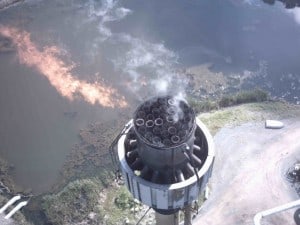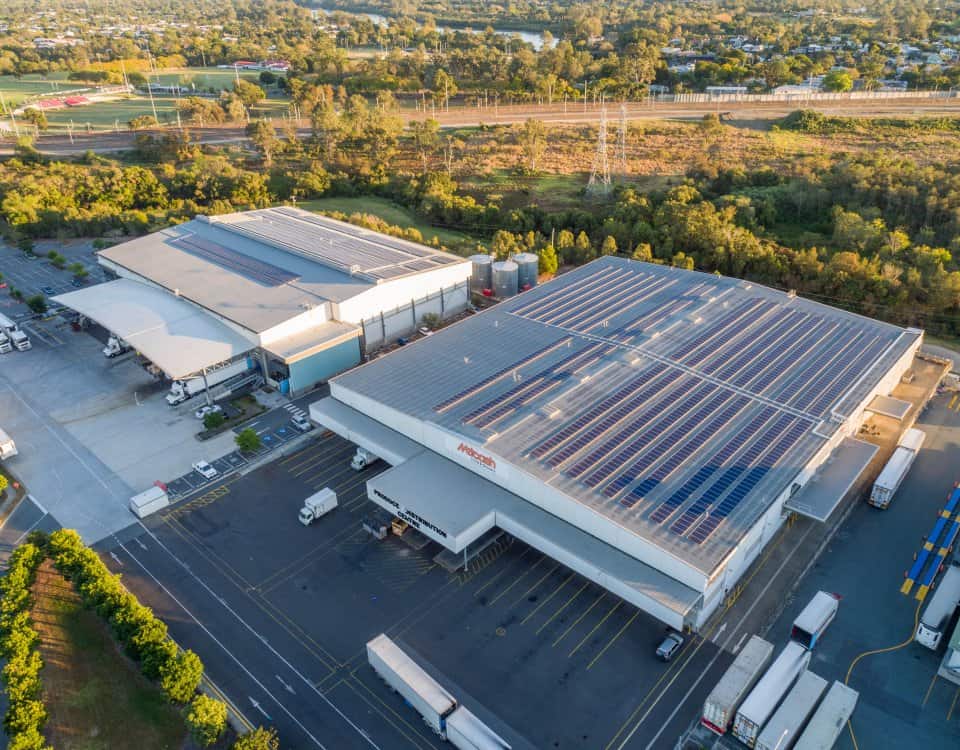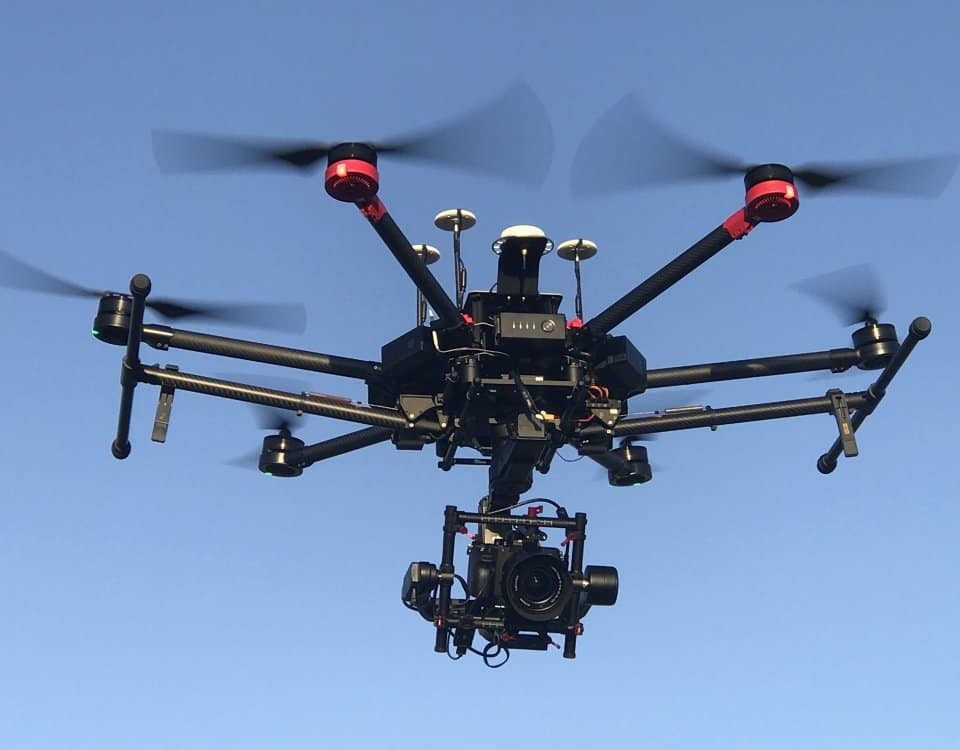Filming and Editing Skills for Aerial Video of Real Estate
August 8, 2017Aerial Inspection Services for Disasters
August 9, 2017The oil and gas industry is one that has been using drones extensively to perform various safety inspections. Drones are starting to be used more for inspecting flare stacks because it is quicker, cheaper, and much safer. Let’s look at how the gas industry is utilizing this revolutionary technology.
What is a Flare Stack?
Also known as a gas flare, a flare stack is a large tower that has a burning flame used to burn off excess gas at industrial plants.
The reason they need to burn off gas is when it is in excess and the pipes and other equipment are over pressurized. Flare stacks, therefore, protect against dangers of large explosions and are crucial in nearly every oil and gas operation.
Flare Stack Inspections
As flare stacks literally play a vital role in many of these industrial plants, they must be inspected and maintained to prevent damage and repair them before it’s too late.
This includes regular inspections that are required anywhere from every 3 months to every year. Inspections are looking at the mechanical integrity of the structure and looking at the visible components to see if any repairs are needed.

Flare Inspections Without Drones
First, to better understand just how great drones are for inspecting flare stacks; let’s look at the alternative first. How are these inspections done without the use of drones?
The best way without using a UAV is to get a person close up to the stacks. This can be done with a person climbing a ladder or being brought to the top with a sky lift. Since these flares can have a discharge temperature of over 1000 degrees Celsius, they need to be shut off when doing so for obvious reasons.
However, depending on the size and importance of the stack, it’s just not possible or practical to ever shut these flares down. Therefore, the other alternative is to use a helicopter, which is expensive and can’t get very close.
Benefits of Using Drone Flare Inspection Services
Drones really are the perfect devices for inspecting these flare stacks. Flare stacks can be anywhere from 50 – 100 m tall, which means sending a person up there is dangerous and time-consuming.
Drone inspections will normally take less than 30 minutes and will be much more effective than any person could be. Drones are able to get much closer to the stacks and take many high-resolution pictures that can be further analyzed.
Although the savings of time, money, and safety are all huge benefits of using drones for performing these inspections, there’s an even greater advantage: the flare stacks can remain on during the entire process.
This is perfect for companies who aren’t able to shut the stacks off and who had to rely on a distant helicopter to perform the inspections before. Drone flare inspections require absolutely zero downtime for the flare stacks and are much safer than any method.
What This Means for Oil Companies
Because drones have made the inspections much easier, safer, and cheaper, it means that many industrial operations may start performing these inspections more often. Before, they would have to possibly put employees in danger, shut off the stacks for hours, or use expensive helicopters. All of which aren’t even that effective and give them reasons not to perform safety inspections regularly.
Now, their stacks will experience no downtime, it’ll be much cheaper, and nobody will be in danger. This should increase the frequency that they perform these safety inspections, leading to overall safer working conditions in the oil and gas industry.



